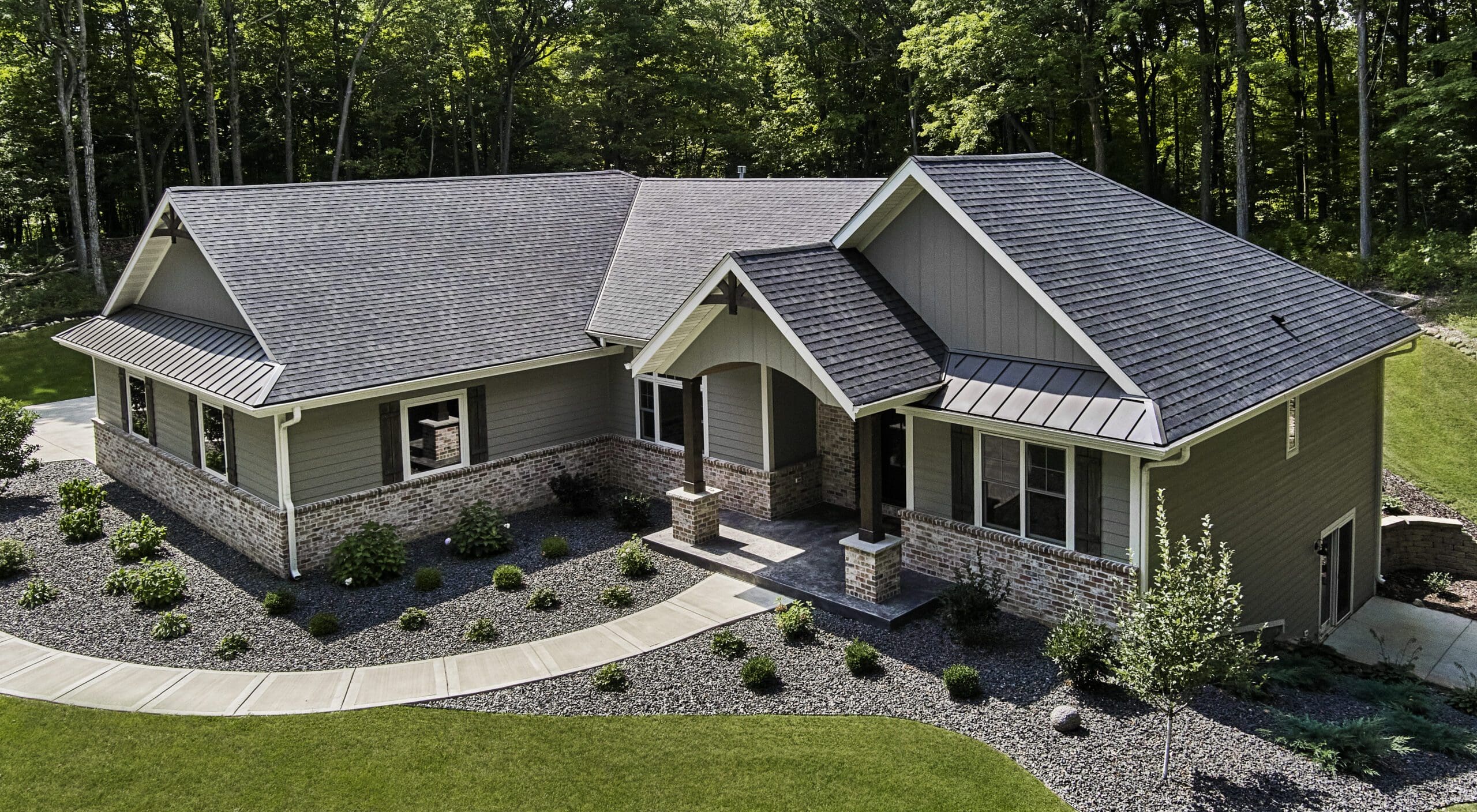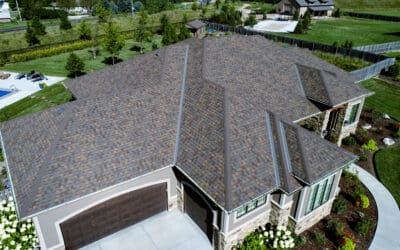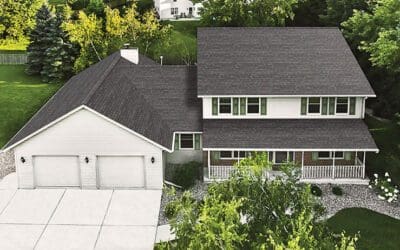When it comes to your home, the roof is one of the most important components that protect it from the elements. However, over time, roofs can deteriorate and become less effective, leading to costly damage and potential safety hazards. Knowing when it’s time to replace your shingle roof is crucial to ensuring the protection of your home and your family. In this blog post, we will discuss how to determine when it’s time to replace your shingle roof and the benefits of doing so.
- Age: One of the most straightforward indicators that it’s time to replace your shingle roof is its age. Shingle roofs typically have a lifespan of 20 to 25 years. If your roof is reaching or exceeding this age, it is time to consider a replacement.
- Sagging: Sagging or sinking rooflines can indicate that the roof’s structural support is failing. This can be caused by water damage, improper ventilation, or the weight of accumulated debris. If not addressed, a sagging roof can lead to serious problems such as leaks, collapse, and even fire.
- Missing or Damaged Shingles: If you notice missing or damaged shingles, this can allow water to penetrate the roof and cause damage to the underlying structure. If the number of missing or damaged shingles is increasing, it’s time to consider a replacement.
- Granules in the Gutters: The small granules on the surface of shingles protect the roof from sun and weather damage. If you notice an excessive amount of granules in your gutters or downspouts, it’s a sign that the shingles are nearing the end of their lifespan.
- Leaks: If you notice any water spots on your ceiling or walls, this is a sign of a leak. Leaks can be caused by various factors such as missing or damaged shingles, improper flashing, or clogged gutters. If the leak is severe or persistent, it’s time to consider a shingle roof replacement.
- Energy Bills: If your energy bills have increased significantly, this may be due to an inefficient roof. An old or damaged roof can allow hot air to escape in the summer and cold air to enter in the winter, leading to higher energy costs. If your roof is aging or showing signs of wear and tear, it’s time to consider a shingle roof replacement.
- Curling or Buckling Shingles: If you notice that your shingles are curling or buckling, this can indicate improper ventilation or exposure to heat. This can shorten the lifespan of the roof and increase the risk of leaks and other problems.
- Excessive Moss or Algae Growth: Excessive growth of moss or algae on your roof can indicate that the roof is retaining moisture and not drying properly. This can shorten the lifespan of the roof and increase the risk of leaks and other problems.
By replacing your shingle roof, you can enjoy several benefits, including improved energy efficiency, enhanced curb appeal, and increased protection for your home and family. A new shingle roof can also increase the value of your home and make it more appealing to potential buyers.
In conclusion, determining when it’s time to replace your shingle roof is essential to ensure the protection and safety of your home. By paying attention to the signs of wear and tear, you can make an informed decision about when to replace your roof and avoid more serious and costly problems in the future. If you are unsure about the condition of your roof, it is best to consult with a professional roofing contractor for an evaluation. They can assess the condition of your roof and recommend the necessary repairs or replacement options.





